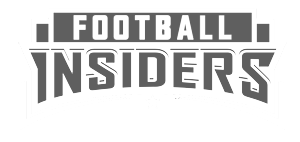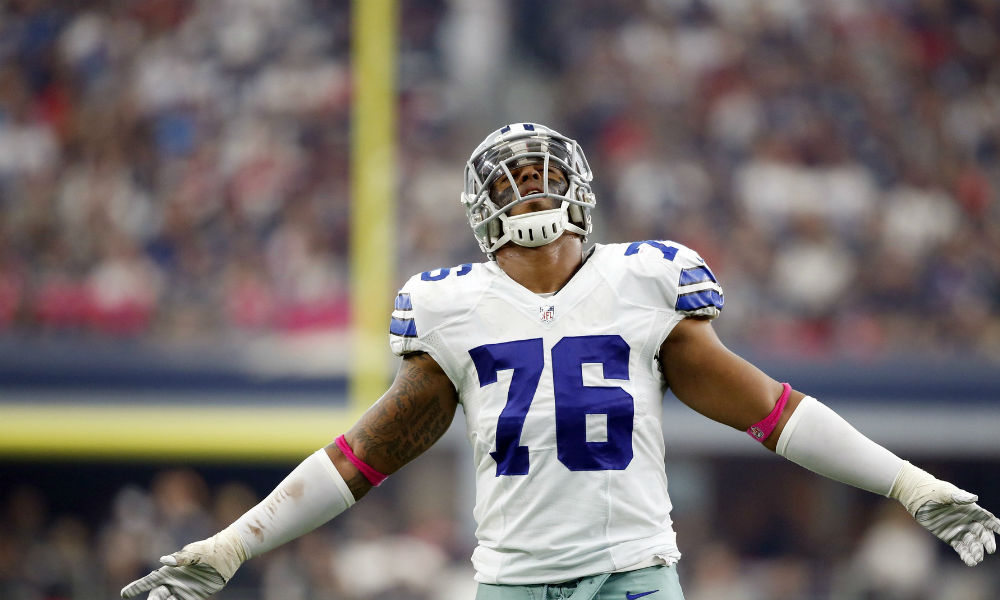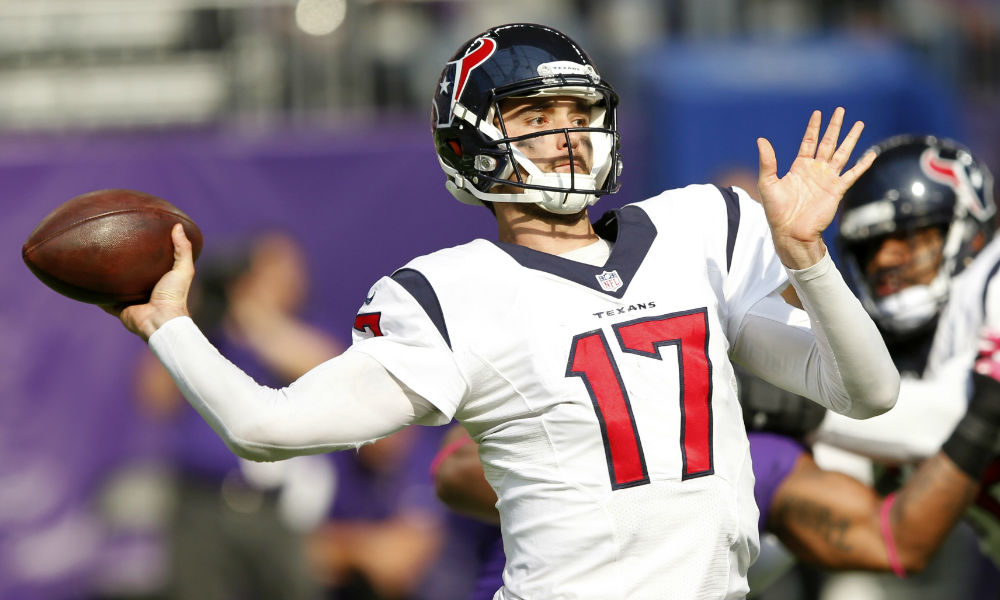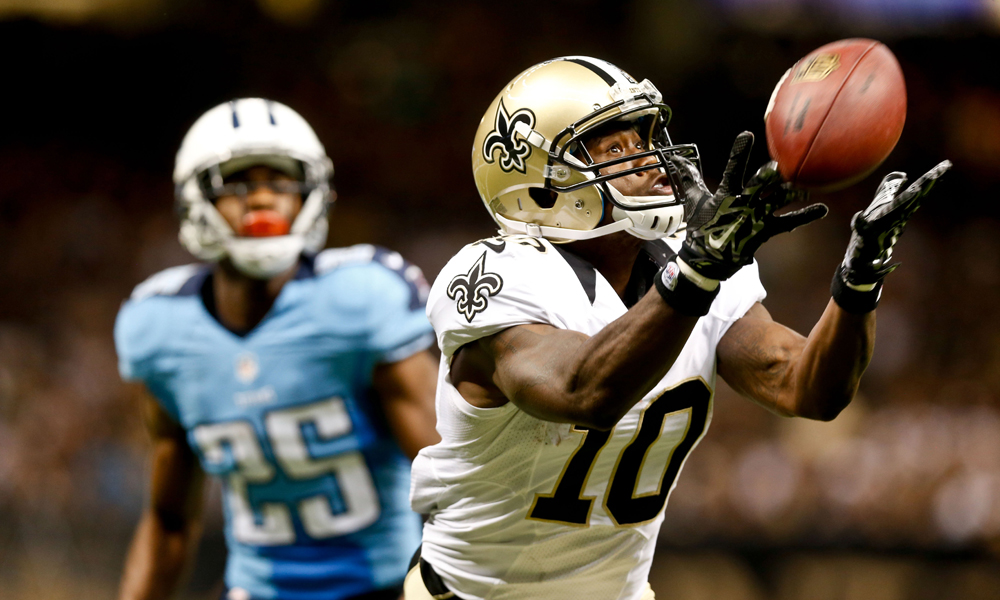News
Lesser Known NFL Draft Prospects With the Highest Upside
Which little-known prospects could pay huge dividends?
The NFL Draft doesn’t end with the first round.
No, in fact, contrary to popular opinion this time of year, there are always players in the fifth, sixth and seventh round (and even underrated free agency!) who are not only able to help their teams out in Year 1, but also have the incredible upside to develop into fantastic role players or even starters.
Then, there’s the gems.
We all know about New England Patriots quarterback Tom Brady being a sixth round pick, but it’s not like he’s the only one who has panned out. Anecdotally, we are used to counting on a handful of third-day picks every single year becoming starters, but every once in a while there’s someone who is more than just a starter but an impact player—Seattle Seahawks cornerback Richard Sherman (fifth round), Philadelphia Eagles center Jason Kelce (sixth round) and Pittsburgh Steelers wide receiver Antonio Brown (sixth round) are recent examples.
Add in some smaller school guys that may be drafted far higher than those in the media or fan forums believe, and there’s a solid chance that there will be someone in this class that will make a huge splash into the NFL and very few of us will be able to tell him from Adam before he does.
Here are five prospects who could make that leap.
Christian Covington (DT Rice)
Covington has a really good change to be a solid player in the NFL. At 6’2″, 290lbs, with a 4.91 40-yard dash and a lightning-quick first step, he bottoms out as a rotational three-technique tackle or 3-4 defensive end. As long as he stays healthy and learns the craft, that could turn into a full time role sooner rather than later.
Yet, this isn’t about solid.
Covington shone brightly at his pro day, and moved better in the positional drills than he rarely had in actual game situations. Call it “workout warrior” if you will (and, honestly, that could be it) but it’s impressive that he has not only rehabilitated an injury but also improved as a prospect throughout the process.
This can happen as a young man’s attentions turn toward the NFL—especially coming out of a smaller institution.
The potential boom for Covington comes if he is able to maintain his quickness while adding a few pounds of muscle over the next season. I’m not talking 15-20, more along the lines of five to seven, which shouldn’t be a huge concern once he’s out of pre-draft preparation. Keeping the weight on may be a problem, and that could be the different between his floor and his ceiling. With a little added bulk, however, he should be able to push NFL offensive linemen around almost as well as he did at Rice.
John Miller (OG Louisville)
Speaking of guys who love to push people around.
Miller has been one of my favorite prospects in the draft for some time. He caught my eye with his play at Louisville and then showed up in a big when he went to the East-West Shrine Game where I got to see him close up. He is, to put it mildly, a mauler. Better suited for a power scheme than teams that run much (if any) zone, Miller isn’t going to drive his guy back 10 yards, he’s just going to put him in the dirt.
Then, he’ll do it again…and again.
He’s not a perfect prospect, though, don’t get me wrong. There are definite concerns about his pass protection against faster rushers, and can get beaten by leverage against good first steps from the defensive line, but these are traits he has worked to fine tune and can continue to do in the NFL.
He reminds me of Detroit Lions guard Larry Warford (though with slower feet) or even a thicker Evan Mathis of the Philadelphia Eagles.
To get to those heights, he’ll likely need to be a little bigger (perhaps around 310lbs) as he tries to anchor against bigger NFL defensive linemen. In terms of acquired talent, Miller’s feet need to be quicker both in pass protection and in the run game. He can’t always count on getting both an initial punch and locked on to NFL defenders, so he needs to have a more well-rounded game.
Tre McBride (WR William & Mary)
At the minimum, I expect McBride to be a valuable return specialist and potential backup slot or “Z” receiver in the NFL.
He’s got the skill set to be much better.
All the physical talent is there. While not a freakishly tall receiver, he has more than enough size to win matchups at 6’0″, 210lbs. That little extra bulk for his height allows him to muscle through defenders—both at his small school level and at the Shrine Game against better competition. His catch radius, incredible hands and leaping ability also allow him to maximize throws where he doesn’t have great vertical separation.
While he’s still developing as a route runner (not abnormal for a small school prospect), McBride has elite short-area quickness and should be able to grow exponentially in this regard with even a little bit of practice. For a team willing to bring him in and work with him in limited roles and routes—while benefitting from his return skills—the payoff could be huge.
Alex Carter (CB Stanford)
Stanford is a much bigger school than any previous on this list, but realize that “lesser known” doesn’t apply to the college football fans or Pac-12 junkies out there. No, rather, Carter has been a virtual non-factor throughout the draft process in terms of buzz and even what I would call respect for his skills.
Carter can be a stud in this league.
He’s 6’0″, 200lbs and has great leaping ability. This puts him in “Legion of Boom” territory as a bigger cornerback—something almost every team is looking at dabbling in one way or another. He also has the tool set to succeed both in zone-heavy schemes or even as a safety, so there’s a chance every team has him highly on their board somewhere.
The biggest thing standing between Carter and a high draft pick is the same thing that could keep him from being truly great: He’s not very polished in man coverage. Now, very few college corners are, but Carter is even more raw than most potential top prospects. He guesses, a lot, and gets burned because of it.
Against No. 2 receivers early on in his NFL career he should be fine—though, smaller and quicker receivers could give him fits with polished route running and savvy. Yet, if he matures as a press corner (much like many do around Year 2 or 3), he’s got a chance to be truly special.
News
Buccaneers admit mistake, boot Aguayo
Source: Mike Florio of ProFootballTalk
Powered by WPeMatico
News
Did Bucs put too much pressure on Aguayo?
Source: Mike Florio of ProFootballTalk
Powered by WPeMatico
News
Broncos holding their breath on Derek Wolfe
Source: Mike Florio of ProFootballTalk
Powered by WPeMatico




